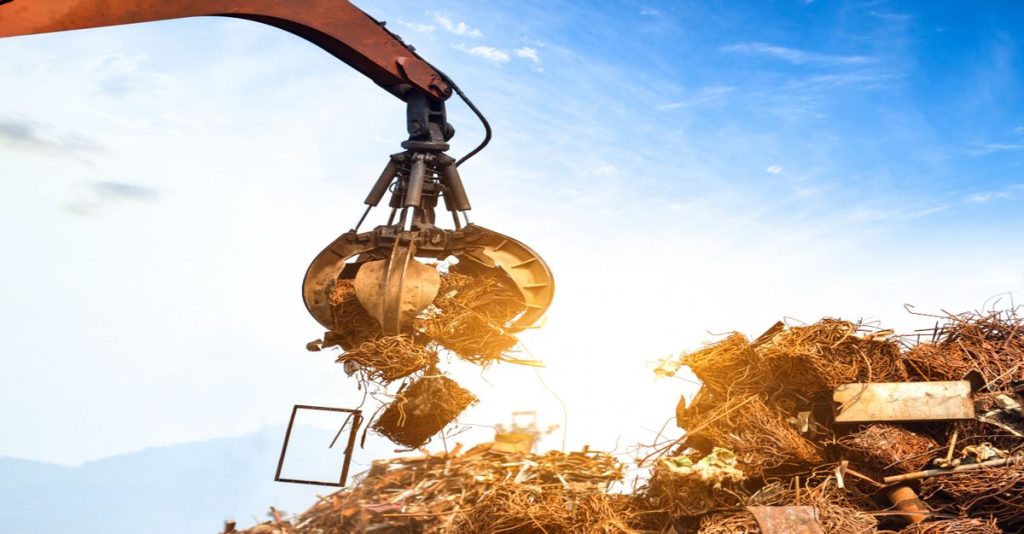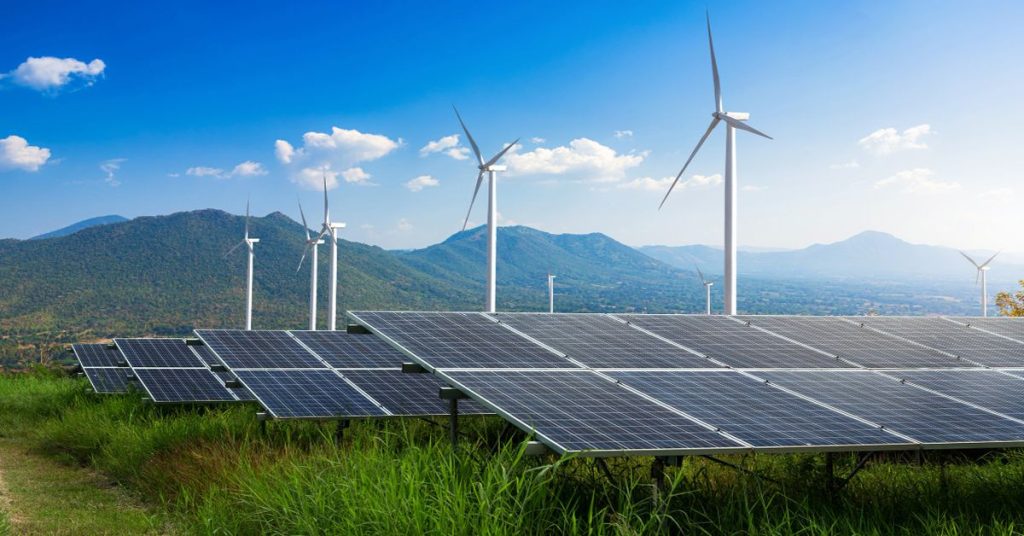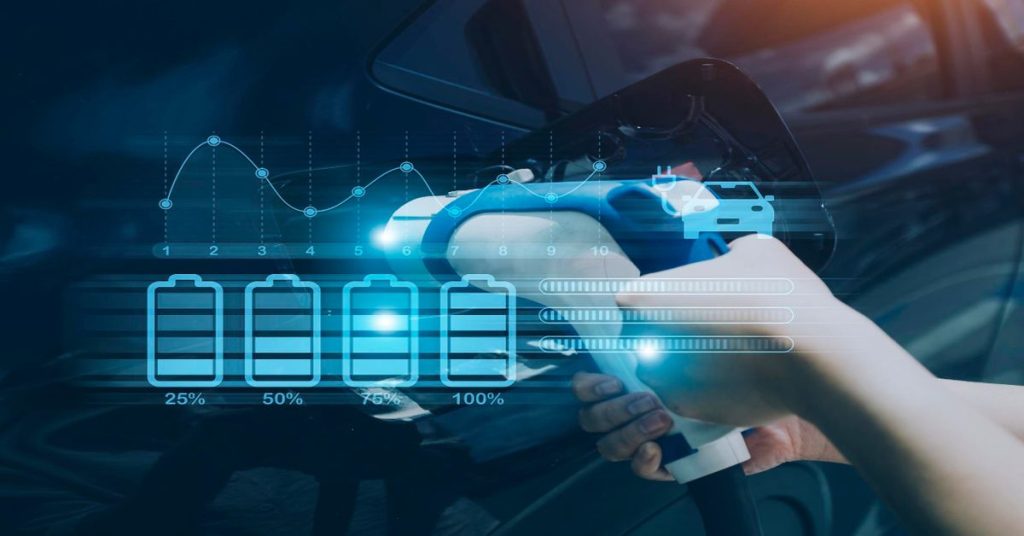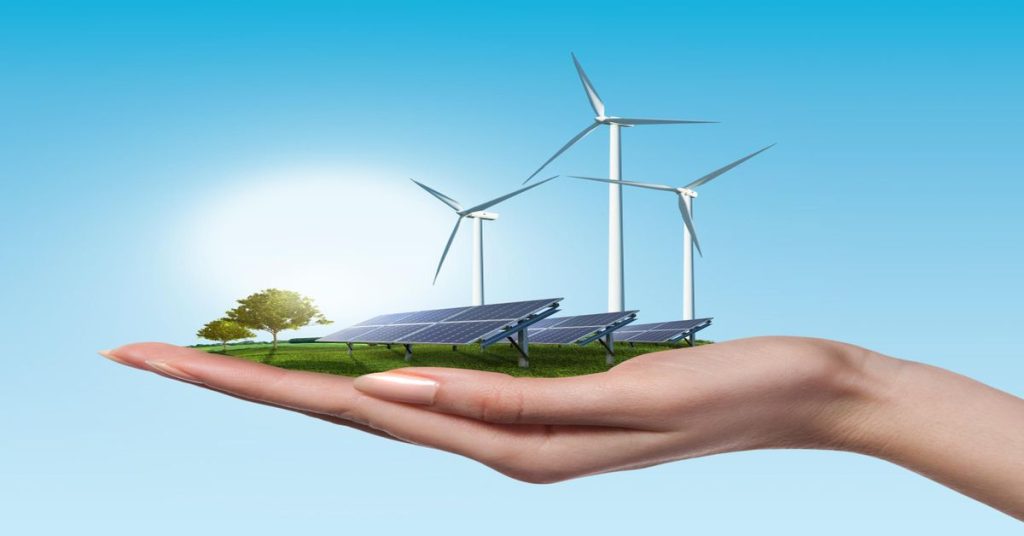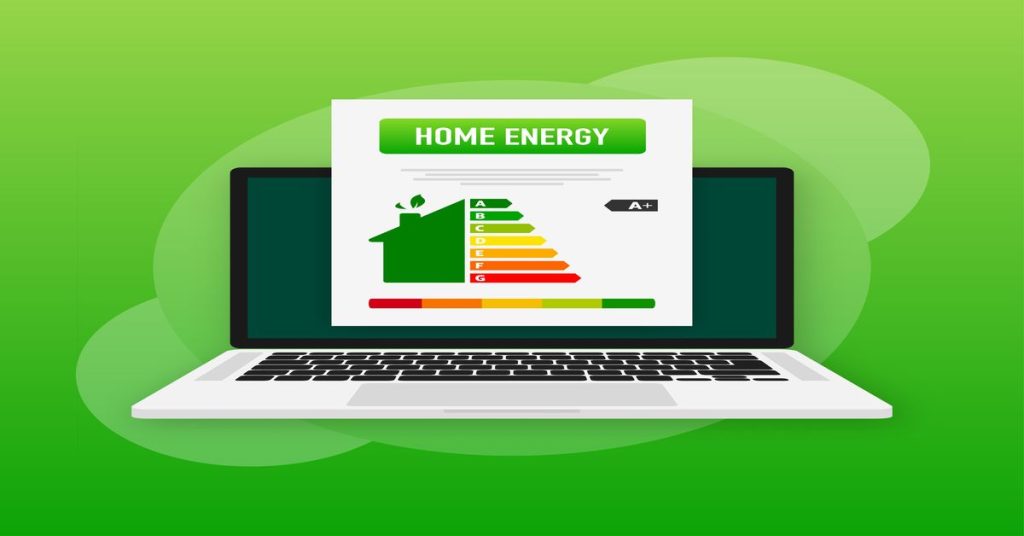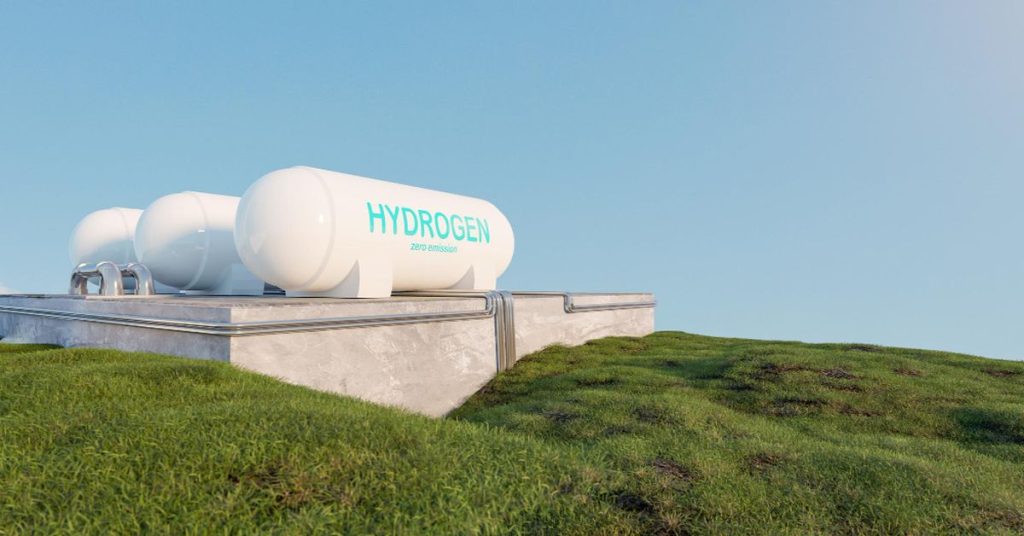Torrefaction of Municipal Solid Waste (MSW) to Char – Current and Future Trends
Residential areas throughout the world have problems with waste disposal with over 2 billion tonnes of Municipal Solid Waste (MSW) produced annually around the world. The anticipated population growth of 9.5 billion by 2050, along with industrialization and rapid development of urban and suburban areas, is expected to keep increasing the amount of MSW generated. …
Torrefaction of Municipal Solid Waste (MSW) to Char – Current and Future Trends Read More »
